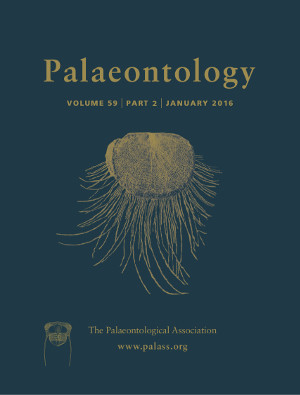Reg. Charity No. 1168330

Xiphosurids are an archaic group of aquatic chelicerate arthropods, generally known by the colloquial misnomer of ‘horseshoe crabs’. Known from marine environments as far back as the early Ordovician, horseshoe crabs are generally considered ‘living fossils’ – descendants of a bradytelic lineage exhibiting little morphological or ecological variation throughout geological time. However, xiphosurids are known from freshwater sediments in the Palaeozoic and Mesozoic; furthermore, the contention that xiphosurids show little morphological variation has never been tested empirically. Attempts to test this are hampered by the lack of a modern phylogenetic framework with which to explore different evolutionary scenarios. Here, I present a phylogenetic analysis of Xiphosurida and explore patterns of morphospace and environmental occupation of the group throughout the Phanerozoic. Xiphosurids are shown to have invaded non‐marine environments independently at least five times throughout their evolutionary history, twice resulting in the radiation of major clades – bellinurines and austrolimulids – that occupied novel regions of morphospace. These clades show a convergent ecological pattern of differentiation, speciation and subsequent extinction. Horseshoe crabs are shown to have a more dynamic and complex evolutionary history than previously supposed, with the extant species representing only a fraction of the group's past ecological and morphological diversity.